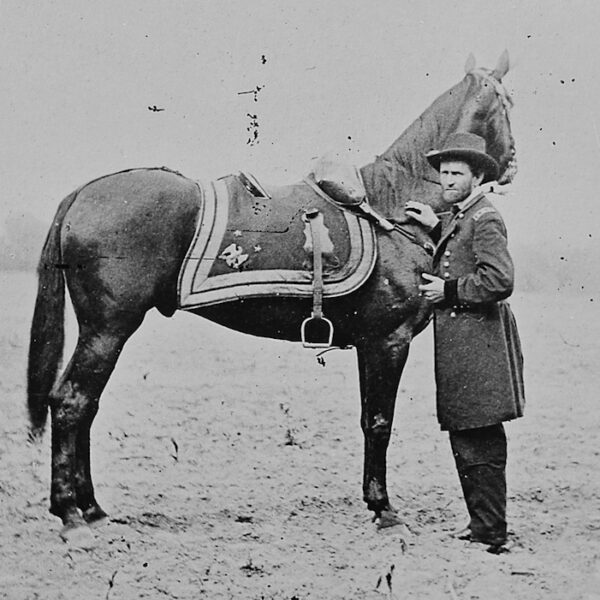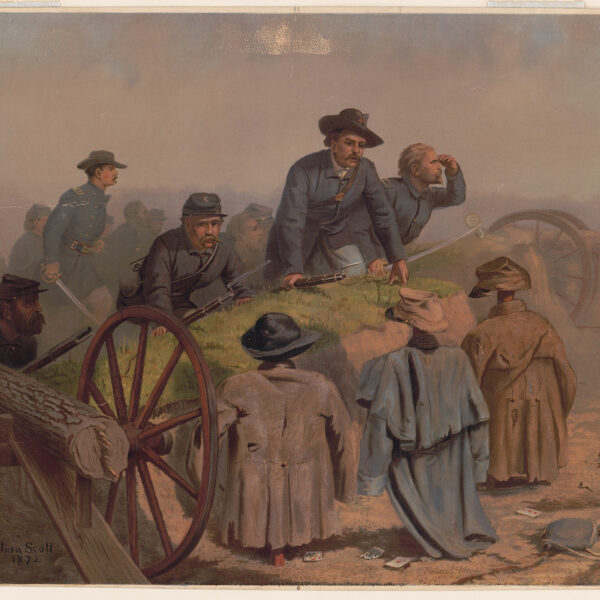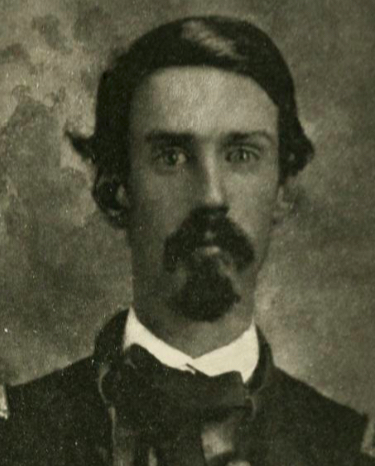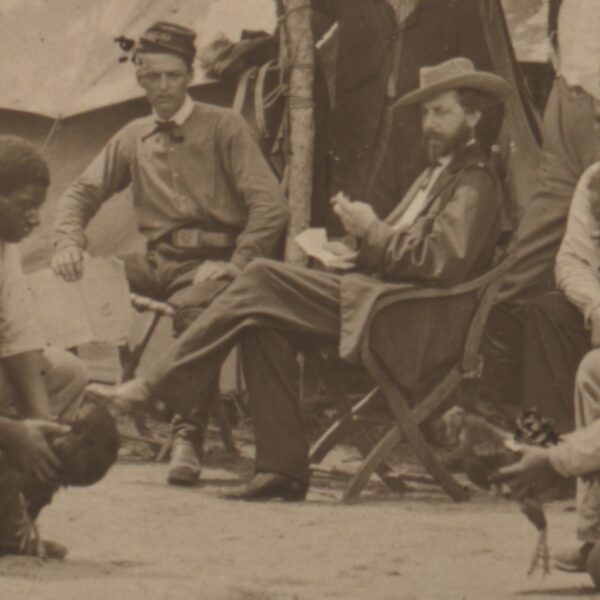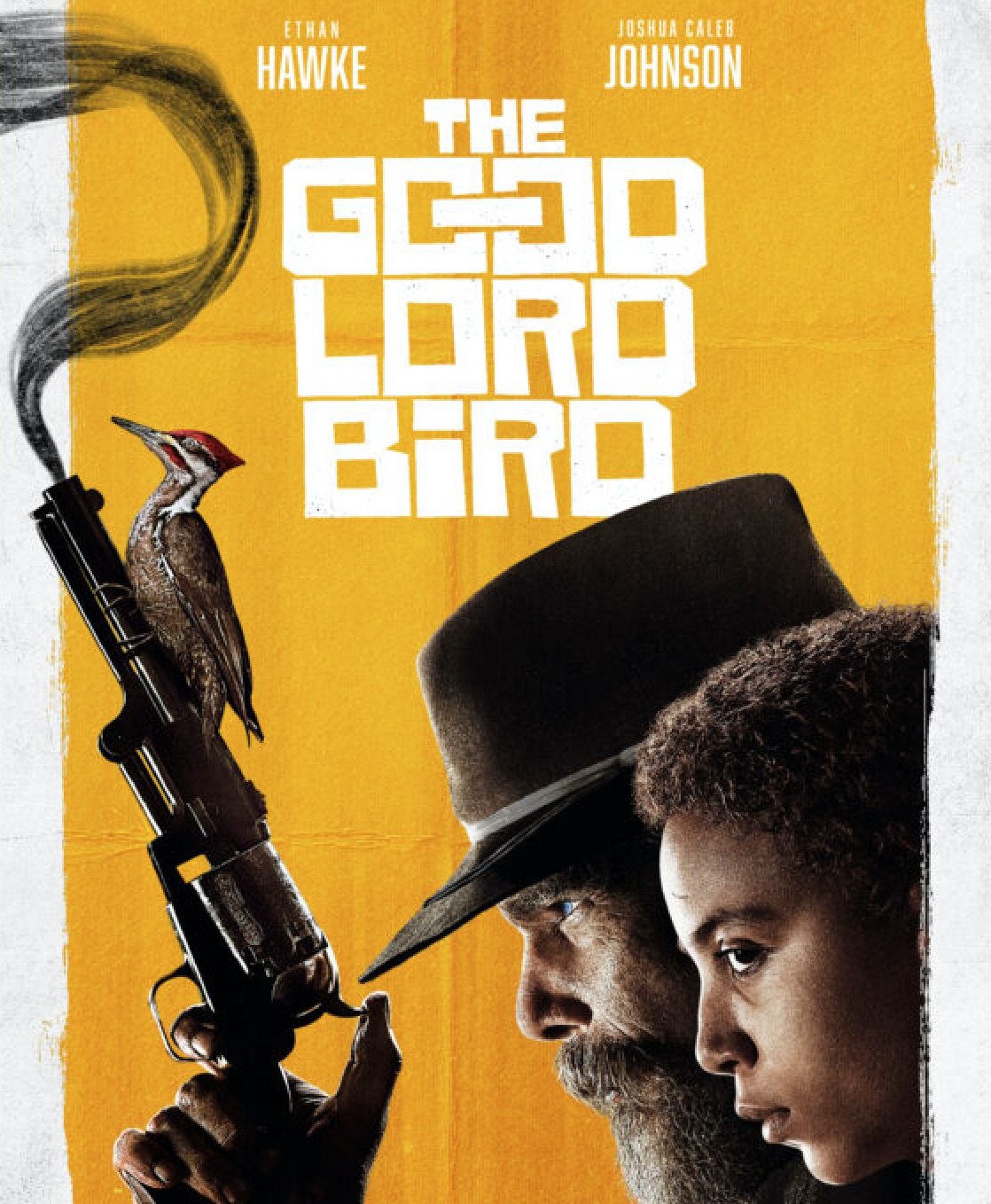
On October 4, 2020, The Good Lord Bird, a 7-part miniseries about the life of abolitionist John Brown—based on the award-winning novel of the same name by James McBride—premiered on Showtime. We enlisted historian Megan Kate Nelson to watch and review the series, episode by episode. We’ll publish her takes below, as each episode airs. Episode Six: “Jesus is Walkin’” (aired November 8, 2020) “Jesus is Walkin’” is the episode of The Good Lord Bird toward which the series has been moving: John Brown’s raid on Harpers Ferry on October 16–17, 1859. It is an extended battle scene, one that condenses and manipulates much of the historical action in order to tell the story of the failed raid more effectively.
The episode opens with Onion running toward town and the gang readying their weapons, arguing about why they are fighting, and then singing the folk song “I Am a Wayfaring Stranger” together. Onion is, of course, too late.
When he arrives at the farm only Owen Brown (Beau Knapp) remains, in charge of guarding the weapons store. Owen knows what’s coming. “Tell my father I’ll bury him and my brothers by the big rock,” he says to Onion. As Onion arrives at the train bridge yelling the password—“Jesus is Walkin’!”—Jason Brown (Jack Alcott) is taking aim at the Rail Man (Orlando Jones). Jason doesn’t know there is a password, and the Rail Man does not hear the right one. A skittish Jason shoots the Rail Man in the back, killing him. That the first man to die for John Brown’s cause at Harpers Ferry is black is one of the great ironies of this historical moment, and it is yet another harbinger of the nightmare to come. Although Brown and his gang have secured several sections of the U.S. Armory and Arsenal and taken several hostages by the time Onion arrives on the scene, the operation quickly goes sideways.
Most of this is due to Brown’s misunderstanding of the tactics of guerrilla warfare. Small groups of armed insurgents can be successful against larger armies—but only if they have the advantages of surprise, mobility, and control of the battleground. Brown’s raid did in fact surprise the town of Harpers Ferry, despite the obviousness of its organization. But Brown believed he could defend the armory’s fire engine house, by bolting himself in. This was a major mistake, as he lost the rest of his advantages.
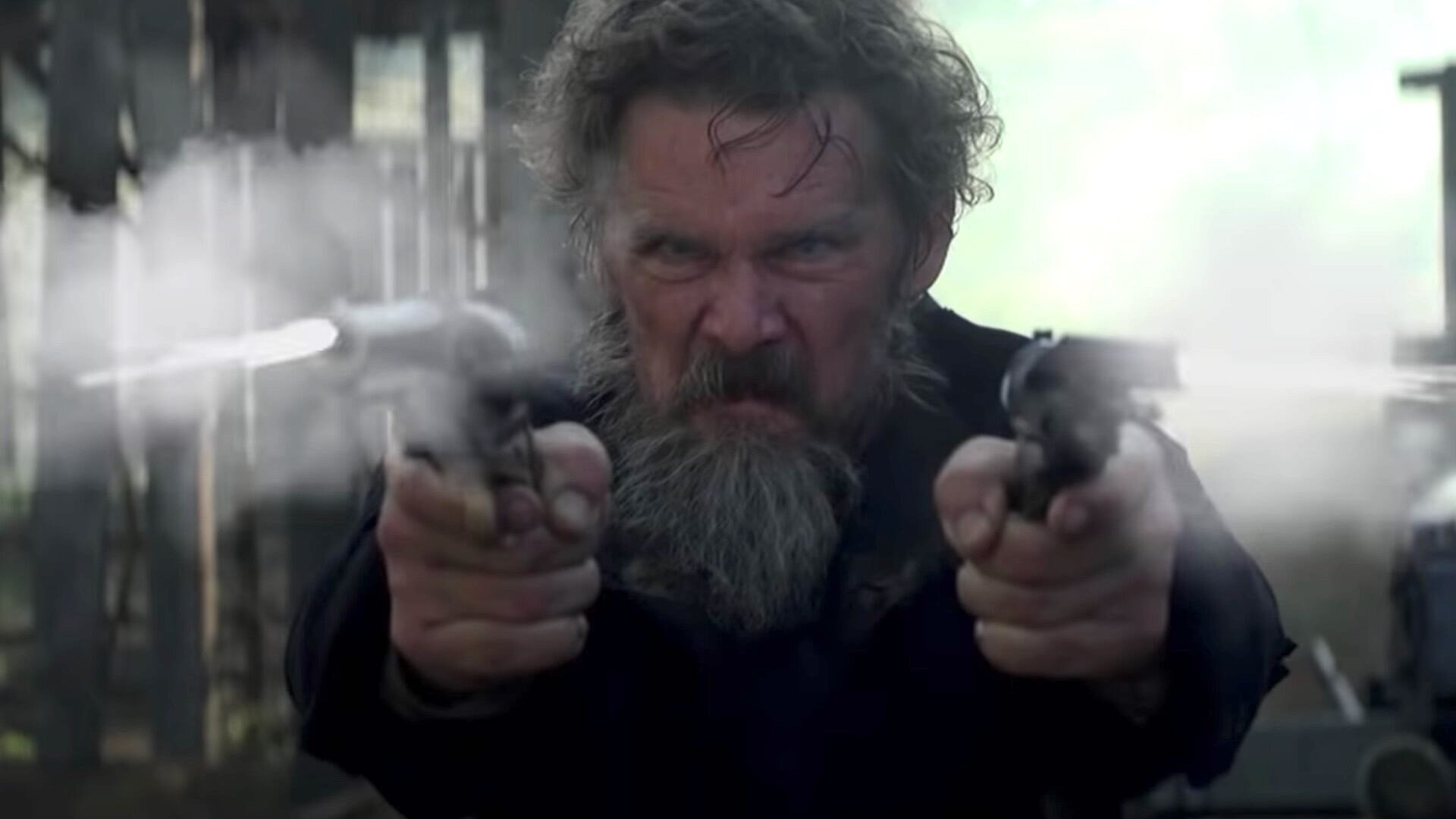
Ethan Hawke as John Brown in Episode 6 of “The Good Lord Bird.”
Brown also refuses to leave when an escape route was available, despite the urging of his black and white compatriots. He does not respond to conditions in the moment but clings to his plan, believing that enslaved and free blacks will soon come to their aid as reinforcements. Only one small group does—the enslaved men of the Washington Plantation, led by the Coachman (Victor Williams) with their former master in tow. Brown also believes that the white Virginians outside, growing in number and closing in on his position, will honor the terms of hostage exchange. This naivete results in the deaths of John Cook (Rafael Casal) and Jason, who dies in his father’s arms at the end of the episode. The battle is bloody. Black and white members of Brown’s gang die in the firefight, including Dangerfield Newby (Miles Mussenden) and Attucks Copeland (Joel Ashur), both free black men. Most do not die in The Good Lord Bird in exactly the same way that they did in reality (all of Brown’s gang members are modeled on real people, though often their names and life circumstances have been changed).
Their deaths serve to prove that John Brown’s radical vision of freeing slaves, as inspiring as it has been, was not strong enough to overcome the reality that, as one man outside the armory puts it, “this country was made by white men for white men.” Onion takes part in multiple elements of the raid, loading weapons and going out to bring in the Coachman and his people. Brown means for Onion to flee to safety, however, and is shocked to see him return for the final phase of the battle. He is quickly reconciled to Onion’s presence, of course, for he is Brown’s good luck charm. “It does me good to see you here,” Brown says. “I suppose the Lord […] wants black and white to tell the story. This day is living history. Someday your grandchildren will ask you about this day.”
For as bad as Brown was at understanding the dynamics of enslavement on the ground in the South, and as much as he misplaced his faith in people he believed would aid him, he did understand that the United States was, in 1859, teetering on the edge of a revolution. “We have lit the fire,” he tells his followers. And they fanned the flame. Megan Kate Nelson is a historian and writer. She is the author, most recently, of The Three-Cornered War: The Union, the Confederacy, and Native Peoples in the Fight for the West (Scribner, 2020).
Other articles in this series:
Review of Episode One: “Meet the Lord”
Review of Episode Two: “A Wicked Plot”
Review of Episode Three: “Mr. Fred”
Review of Episode Four: “Smells Like Bear”
Review of Episode Five: “Hiving the Bees”
Review of Episode Seven: “Last Words”

